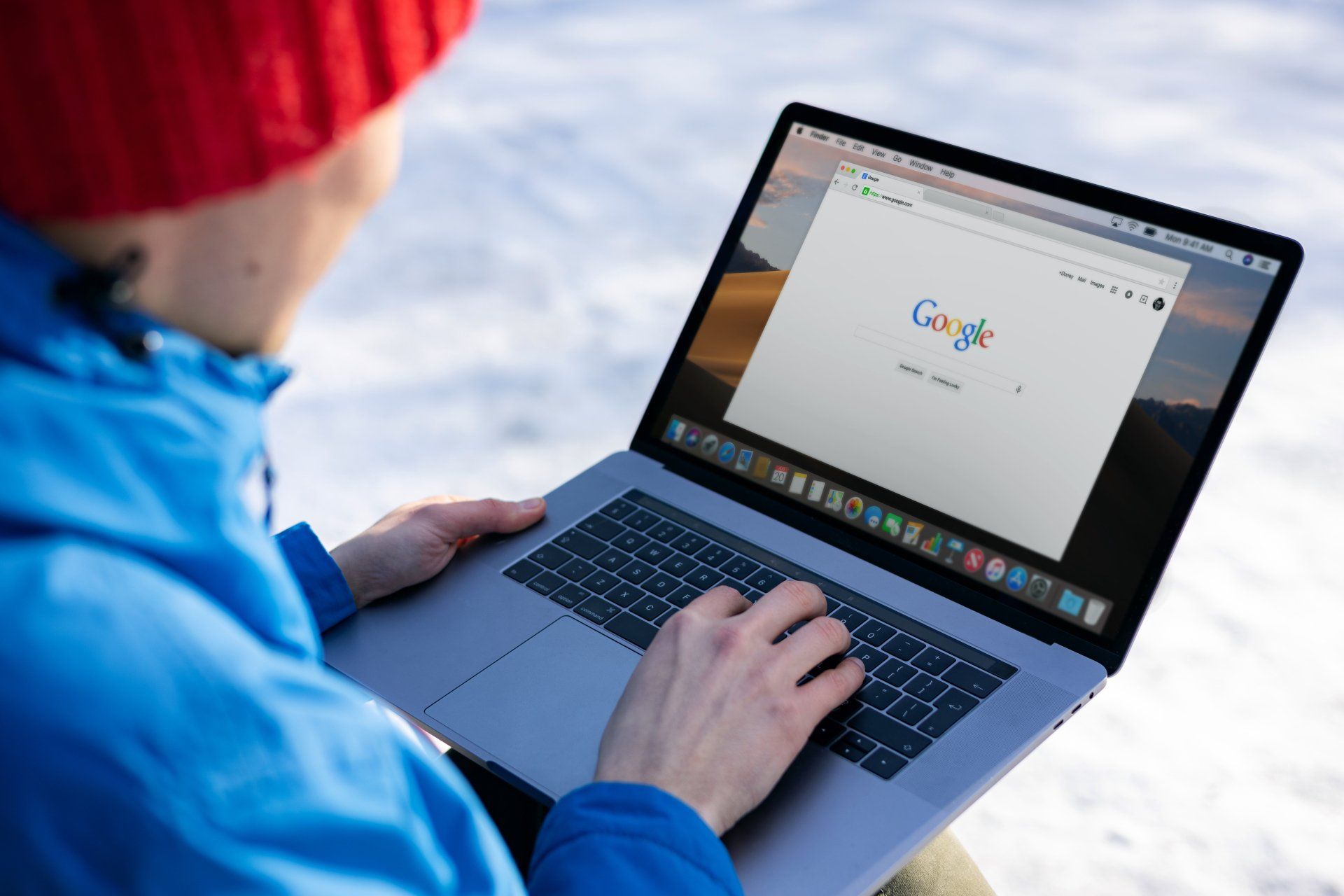When most people think of two places they would love to work, two companies tend to snap to the front of their minds: Google and Meta.
The Google domain name was registered in 1997 and has since become the biggest name in search engines.
Meta took social media by storm when it was created back in 2004, and by the third quarter of 2012, over one billion users had accounts with Meta. Today, approximately 3.59 billion people have accounts with Meta.
So who wouldn’t want to work for these innovative companies? Apart from all the shared success that comes with working for either of these tech giants, there is also an incredibly large (and well known) selection of employee perks. Take a look behind the scenes to find out what it’s really like to work for Google and Meta and how they are redefining workplaces.
It’s no secret that Google is our secret overlord. With an unheard of 82 percent of the search engine market, Google has its hands in all types of Internet companies. From their video networking platform of Google Meet, to Google business suites like Google Drive, it’s no wonder the internet giant impacts almost every internet user in one way or another.
For all its influences, Google is a benevolent overlord, and its employees can back that up. Current and past employees have posted their reviews of the company on Quora, a social media site that allows employees to look up benefits and information about companies they want to work for.
Here are some of the biggest perks that past and present Google employees have listed:
Tonnes of free stuff: Google is run by the philosophy that the happier your employees are, the more they will work and the better their work will be. With that in mind, Google built gyms for employees to use on its campus anytime they want, free learning programs and some offices even offer on-site childcare for parents.
Gourmet food and drink: Free gourmet food, in fact. Google campuses have access to free breakfasts, lunches and dinners, as well as juice and coffee bars around the campus. Employees from all areas of the company can meet in the cafeteria for lunch and get to know their co-workers. They also save time and money rather than going off-campus for lunch.
Access to the coolest gadgets: Google is one of the world’s leaders in technology, always coming up with new innovations and products that will change the way people use technology. At work, employees get to access and learn about all the latest AI tools, as well as brand new products that haven’t even hit the market or been announced.
The best IT team: For a company full of tech geeks, it’s essential to keep their computers running and fully functional. Google tech team TechStop, offers the very best in in-house tech support. TechStop is available 24/7 for Google employees with hardware and software problems.
Pets at work: Perhaps one of the best perks of working for Google is that employees are allowed to bring their dogs to work. Though dogs can be distracting at times, many employees get the opportunity to unwind with their furry friend and manage their energy more effectively. Non-pet owners also enjoy the chance to play with an animal during their breaks.
meta
With all the hype from the 2010 movie The Social Network, you might think working for Meta would be filled with backstabbing co-workers and betrayals, but it isn’t that way at all. Like Google, Meta is on the forefront of its market; the social media market to be exact.
In fact, both current and past employees of Meta have very few negative things to say about the company on Glassdoor, another employee-review site, similar to Quora. The company currently has a 3.9 out of 5 rating on the site mainly because Meta offers so many awesome perks.
Here are some of the great perks that Meta offers:
Actual Meta walls: Meta encourages its employees to be creative in all aspects of their days. Whether they have a cool idea or want to draw a funny picture, employees can pick up a pen or a marker and draw on the walls. There are also blackboards around campus where employees can write messages to each other.
Plenty of free equipment: For some employees at other companies, getting IT equipment, such as USB sticks and keyboards, can be a hassle. Rather than having employees put in a request to the IT team or spend their own hard-earned money, Meta stocks vending machines full of these and other pieces of tech equipment, and it’s all free. If an ear goes out in a pair of headphones, an employee can grab a new pair from a vending machine and get right back to work.
Birthday presents: Not for your birthday, but for Meta’s. Every year, Meta celebrates its birthday by giving away gifts to its employees. In the past, these gifts have ranged from cool socks and pyjamas, to a nice watch.
Bike culture promoter: Meta’s 57-acre campus embraces the green movement and encourages its employees to use bikes in order to get around. Paved roads have traffic lines drawn on them to keep the flow of traffic going smoothly. If your tyre pops, no problem. There’s a bike repair shop on campus that will fix you right up.
Ultimate game days: One of the best perks about working for Meta is the legendary Game Day. On these special days, the company rents out a nearby park and all employees are invited to come play their favourite schoolyard games, such as dodge ball and tag. The employees are divided into teams, each on represented by a colour, and the winning team gets the honour of bragging about their victories. Excitement for Game Day begins building months before the games even start as teams partake in friendly smack-talk and team pride.
Redefining Workplaces
Google and Meta aim to provide their employees with a fun and convenient workplace. By giving their employees a few extra perks, Google and Meta are encouraging productivity and engagement amongst their employees. While it is unlikely that other companies can afford to offer such perks to their employees, Google and Meta’s strategy is definitely one that you can reproduce in a small scale.
No doubt, Meta and Google are making it a tough time to be an employer! However, as an employer or an employee, it is possible for you to view your workplace in a different light, and find innovative ways to ensure you get the most out of your job, or employees. If your team is spending 8-12 hours a day in a dull and uninspiring environment, why not explore the possibilities to transform it into something special?

General Manager QLD Halcyon Knights






